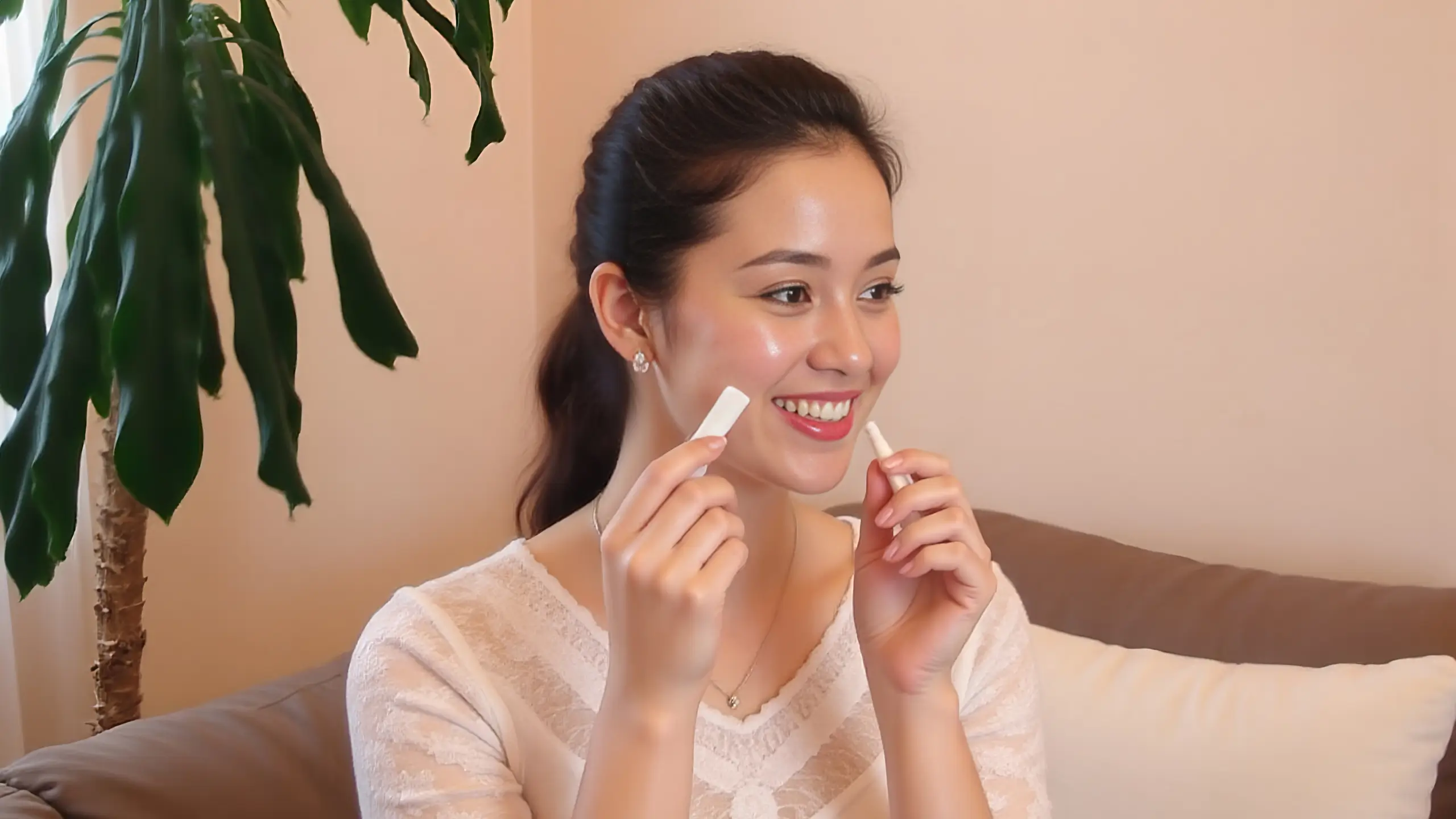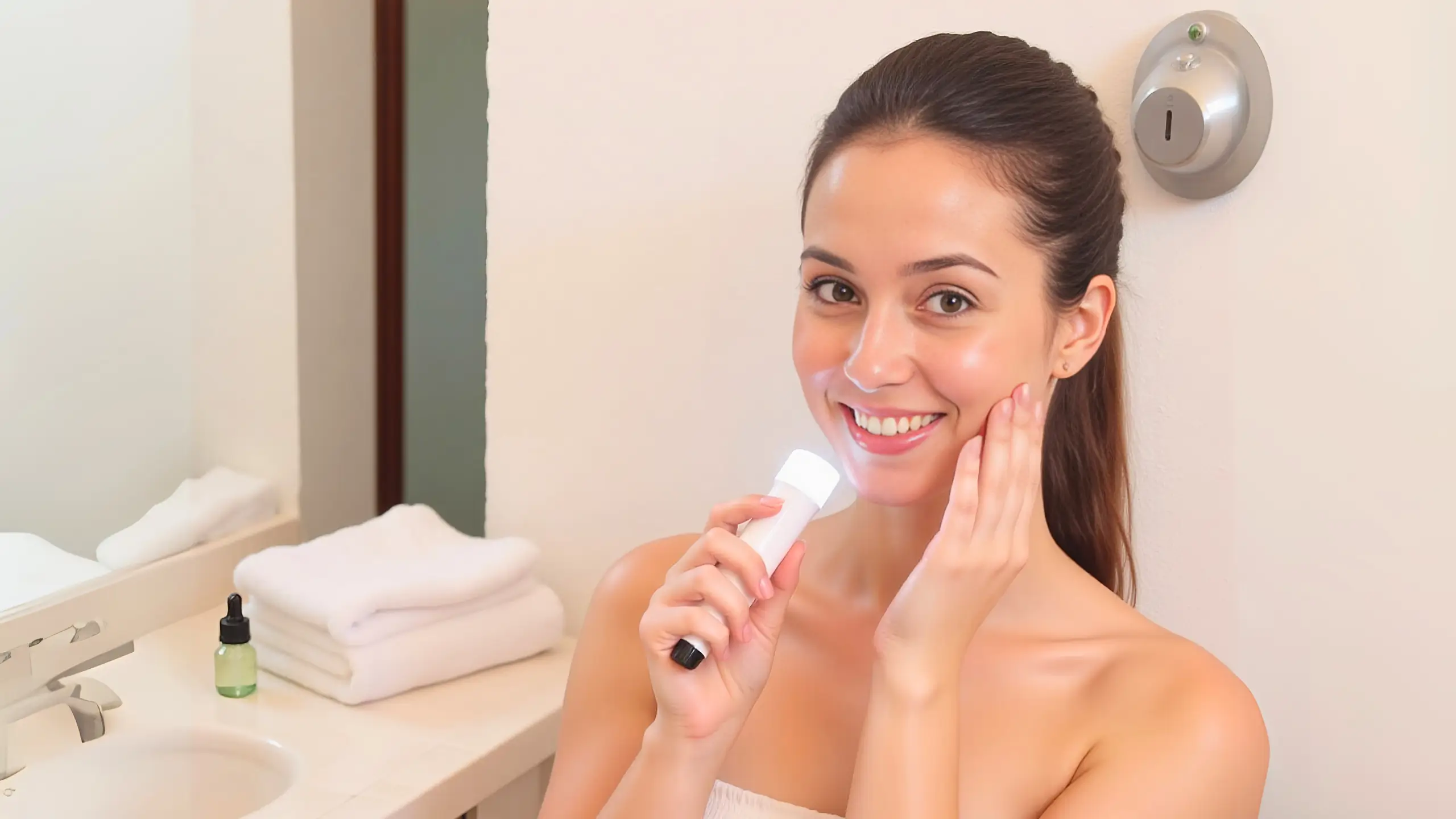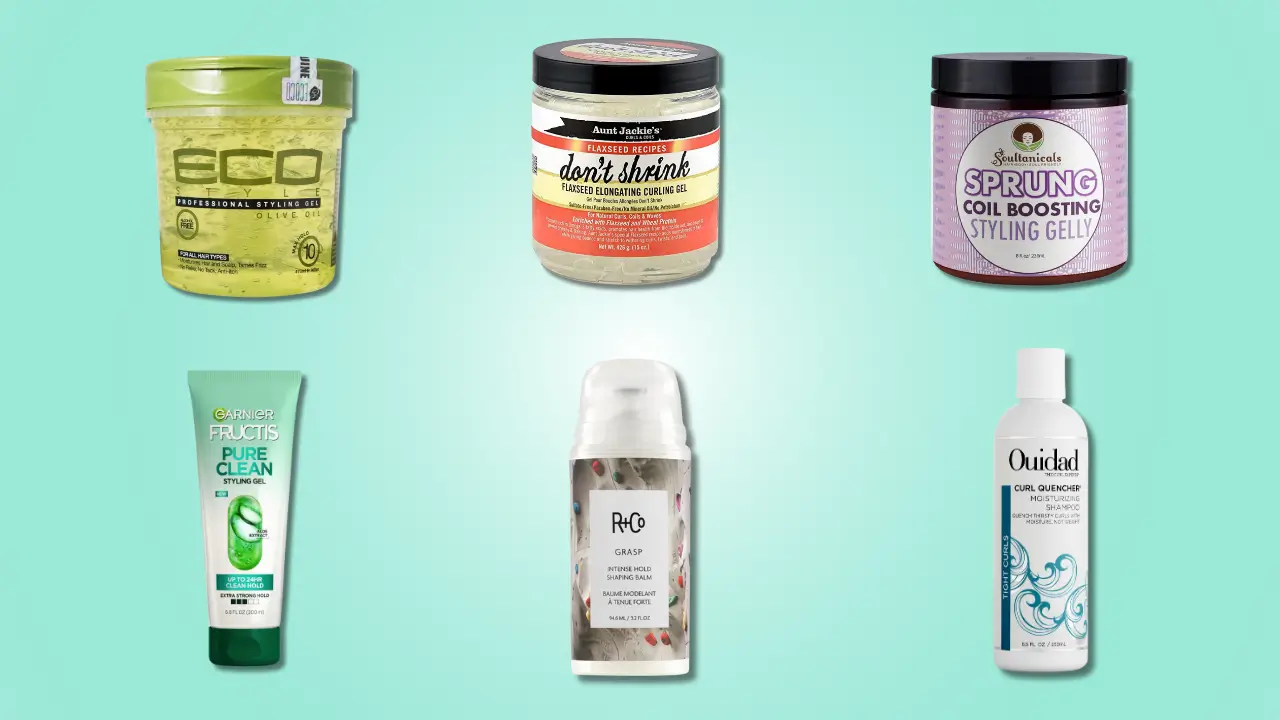Are you noticing more facial hair than you’d like? You’re not alone, and the good news is, there are effective ways to stop female facial hair growth naturally and with medical treatments. Understanding the causes of excessive hair growth is the first step in finding the right solution. In this guide, we’ll explore the underlying reasons for female facial hair, natural remedies, lifestyle adjustments, and medical interventions that can help you manage and reduce unwanted facial hair effectively.
Understanding Female Facial Hair
Types of Hair
Women typically grow two kinds of facial hair: vellus hair and terminal hair.
- Vellus Hair: Often known as “peach fuzz,” this type of hair is soft and lightly colored.
- Terminal Hair: Thicker, coarser hair is more commonly found in men.
What is Hirsutism?
Hirsutism is a condition characterized by unwanted, male-pattern hair growth in women. It typically involves excessive dark or coarse hair on the face and body. While genetic factors play a role, hirsutism is also prevalent among certain ethnic groups, such as Mediterranean, South Asian, and Middle Eastern women.
Causes of Hirsutism
Several conditions can lead to hirsutism:
- Androgen Excess: Hormones like testosterone, which are more common in men, can lead to male-pattern hair growth.
- Polycystic Ovarian Syndrome (PCOS): This condition often leads to benign cysts on the ovaries and can cause an overproduction of androgens.
- Adrenal Tumors and Congenital Adrenal Hyperplasia: These conditions also lead to excess androgen production.
- Menopause: With decreased estrogen levels, the balance shifts towards a more male-dominated hormone pattern.
Hypertrichosis vs. Hirsutism
It’s crucial to distinguish hirsutism from another condition called hypertrichosis, which involves excessive hair growth without the pattern seen in hirsutism. Hypertrichosis can be congenital or indicative of underlying health issues, such as cancer.
Especially in an elderly person, if they suddenly start growing lots of face and body hair, that would be quite unusual and should prompt someone to evaluate them for cancer.
Addressing the Issue: Treatments and Interventions
1. Topical Treatments (Medical Treatments)
For those looking for non-invasive options, topical treatments can provide relief:
- Eflornithine Cream: Applied twice daily, it thins terminal hairs by inhibiting an enzyme in the hair growth cycle. Expect results in 6-8 weeks.
2. Systemic Medications
For more persistent cases often linked with PCOS or similar conditions, systemic treatments may be necessary:
- Birth Control Pills: Combined estrogen and progesterone pills can help regulate androgen levels.
- Spironolactone: Commonly used to treat hormonal acne, this medication can also reduce the production and presence of testosterone.
Note: These treatments typically take months of consistent use to show results. Always consult a healthcare provider before starting systemic medications.
3. Lifestyle Adjustments
- Weight Loss: Losing weight can decrease androgen levels, especially in women with PCOS.
- Balanced Diet and Exercise: These support hormone regulation, reducing hair growth symptoms.
4. Non-Medical Interventions
Several methods cater to those seeking non-medical hair removal solutions:
- Shaving: Though often seen as taboo, shaving is a valid option for any unwanted hair. Proper tutorials can assist beginners in technique and confidence.
- Depilatory Creams: Products like Nair Hair Remover Moisturizing Face Cream use thioglycolic acid to dissolve hair proteins. Always patch-test such creams before full application to avoid skin irritation.
- Threading, Waxing, and Sugaring: These temporary solutions are excellent for immediate hair removal, though they’re not permanent.
5. Permanent Solutions
For those wanting a long-term fix, options like laser hair removal and electrolysis can be game-changers:
- Laser Hair Removal: Reduces hair growth by targeting hair follicles with laser light. Multiple sessions are needed, and it’s less effective on light-colored hair.
- Electrolysis: Permanently destroys hair follicles with electrical currents, suitable for all hair types.
6. At-Home Devices
While less powerful than clinical treatments, at-home devices can provide moderate results for those on a budget. Be cautious of potential side effects, like paradoxical hypertrichosis, which can cause new hair growth post-treatment.
Natural Remedies to Reduce Facial Hair
While medical and cosmetic treatments dominate the conversation around facial hair removal, many individuals are turning to natural remedies as complementary approaches. Although these methods may not provide immediate or permanent results, they can be gentle on the skin and cost-effective.
Natural Remedies for Managing Facial Hair
- Turmeric and Gram Flour Mask
- How it Helps: Turmeric has anti-inflammatory and hair-thinning properties, while gram flour exfoliates the skin and removes fine hair. A traditional remedy in South Asia, this mask exfoliates and weakens hair over time.
- How to Use: Mix 1 tablespoon of turmeric with 2 tablespoons of gram flour and water to form a paste. Apply to the face, let it dry, and rub gently before rinsing off. Use twice weekly for visible results.
- Papaya and Milk Paste
- How it Helps: Papaya contains enzymes that break down hair follicles, reducing hair growth with regular use.
- How to Use: Mash raw papaya into a paste and mix it with a teaspoon of milk. Massage onto the face and leave for 15-20 minutes before rinsing. Repeat weekly.
- Sugar and Lemon Scrub
- How it Helps: A natural exfoliant, this scrub can help remove fine hairs and reduce new growth. Sugar exfoliates the skin, while lemon juice lightens hair, making it less noticeable.
- How to Use: Mix 2 tablespoons of sugar with 1 tablespoon of lemon juice and water. Scrub gently on the face for 5 minutes and rinse with warm water. Repeat weekly.
- Spearmint Tea
- How it Helps: Studies suggest that spearmint tea can reduce androgen levels, which contribute to facial hair growth.
- How to Use: Drink 1-2 cups of spearmint tea daily to see a gradual reduction in unwanted hair.
Benefits and Limitations of Natural Remedies
- Benefits:
- Cost-effective and accessible.
- Free from harsh chemicals, reducing the risk of irritation for sensitive skin.
- Limitations:
- Results take time and may be less noticeable on coarse terminal hair.
- These methods may not address the root cause of excessive hair growth.
FAQs on How to Stop Female Facial Hair Growth
How Can I Stop Hair from Growing on My Face as a Woman?
Combine natural remedies, lifestyle changes, and medical treatments for the best results. Topical treatments like eflornithine cream or systemic medications like birth control pills and spironolactone can regulate hormones and reduce hair growth.
How to Stop Facial Hair Growth in Females Naturally?
Natural remedies such as turmeric masks, papaya paste, and spearmint tea can gradually reduce hair growth. Incorporating a healthy lifestyle with balanced nutrition and exercise also helps regulate hormones.
How Can a Girl Stop Growing Facial Hair?
For girls experiencing excessive hair growth:
- Identify underlying causes with a healthcare provider.
- Use natural remedies and maintain a balanced lifestyle.
- Seek medical treatments if the issue persists.
What Vitamins Stop Facial Hair Growth?
While no single vitamin can stop facial hair growth entirely, certain nutrients help regulate hormones and promote overall skin and hair health:
- Vitamin D:
- Helps regulate insulin and hormone levels, reducing hair growth caused by PCOS.
- Sources: Sunlight, fatty fish, and fortified foods.
- Vitamin B6:
- Aids in balancing androgen levels and reducing unwanted hair growth.
- Sources: Chickpeas, bananas, and fortified cereals.
- Zinc:
- Known for its role in regulating hormone levels and supporting hair health.
- Sources: Oysters, nuts, seeds, and lean meat.
- Magnesium:
- Helps balance androgens and reduce symptoms of hirsutism.
- Sources: Dark leafy greens, nuts, and whole grains.
Additional Tips for Skin Care After Hair Removal
Regardless of the method chosen, maintaining a proper skincare routine post-hair removal is crucial to avoid irritation and achieve smooth, glowing skin.
- Soothe the Skin
- Apply aloe vera gel or a cooling mask immediately after hair removal to calm redness and inflammation.
- Moisturize
- Use a fragrance-free moisturizer to replenish hydration and maintain the skin’s barrier.
- Protect from the Sun
- Post-treatment skin is often more sensitive to sunlight. Apply a broad-spectrum sunscreen with at least SPF 30 daily.
- Avoid Irritants
- Steer clear of harsh skincare products like retinoids or acids for 48 hours after hair removal.
Embracing Body Positivity
It’s essential to remember that facial hair is a natural part of being human, and there’s no “one-size-fits-all” approach to dealing with it. If you choose to remove facial hair, do so for your own comfort and confidence—not societal pressures.
The ultimate goal is to feel empowered with the knowledge of options available. Whether you opt for natural remedies, medical treatments, or cosmetic procedures, embracing your individuality is key to self-confidence.
Conclusion
Managing facial hair can feel overwhelming, but there are proven ways to stop female facial hair growth that suit every lifestyle and preference. From natural remedies like turmeric masks and spearmint tea to medical treatments such as eflornithine cream and laser hair removal, the options are extensive. Embracing the right combination of methods—along with proper skincare—can help you achieve smooth, radiant skin and boost your confidence. If you’re struggling with persistent facial hair, consult a dermatologist to find the most effective approach for your needs.
Have you tried any of these solutions to stop female facial hair growth? Share your experiences in the comments, and subscribe for more expert tips on skin and hair care!










